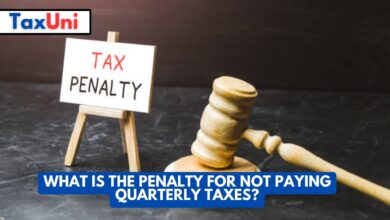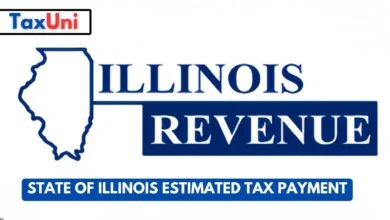The Tax-Equivalent Yield Income Calculator

Contents
The pre-tax yield on corporate bonds is referred to as the tax-equivalent yield. It determines the required rate of return for a taxable investment to be tax-free. A tax-exempt municipal bond will have a larger yield than a taxable corporate bond but a lower credit rating. Continue reading to learn how to calculate the tax-equivalent yield of corporate bonds.
Tax-free munis are tax-exempt.
If you have a high net worth and are seeking a passive income investment, tax-free municipal bonds are an excellent choice for you. In addition to delivering income, these bonds can be used to support vital community infrastructure projects. Frequently, tax-exempt municipal bonds are utilized to finance bridges, sewage systems, and schools. Learn how tax-exempt municipal bonds function and how to invest in them.
A tax-equivalent yield is the minimum pre-tax yield that a taxable investment must generate.
TEY can assist you in determining the appropriate investment given your situation. It compares the return on tax-exempt assets with the return on taxable investments, taking into account various factors. For instance, bond interest is taxed as ordinary income, so you must know how much you spent on taxes before you can deduct the bond interest.

Calculating tax-equivalent yield
The tax-equivalent yield calculation is an excellent tool for comparing similar-rated investments when analyzing bonds. This technique is especially helpful when comparing tax-exempt municipal bonds against taxable corporate bonds with a lower credit rating. A larger tax-free yield does not necessarily indicate a bond with a lower risk, but it can determine the difference between a high yield and a loss. Still, there are a few things you should know about this calculator before you use it.
Corporate bond tax-equivalent yield calculation
Comparing municipal bonds to corporate bonds requires understanding the tax-equivalent yield on corporate bonds. For investors, calculating the tax-equivalent yield is essential, particularly if you intend to take the FINRA, NASAA, or MSRB exams. These examinations will demand a comprehensive understanding of tax-equivalent yield.
Calculating the tax-equivalent yield on municipal bonds
In general, a tax-equivalent yield equals the face value of a bond less the amount by which it has been overvalued. This yield is non-taxable, allowing investors to reduce their taxable income. There are, however, exceptions. For example, investors can avoid paying federal taxes on coupon income if a bond has a large tax-deductible premium.





